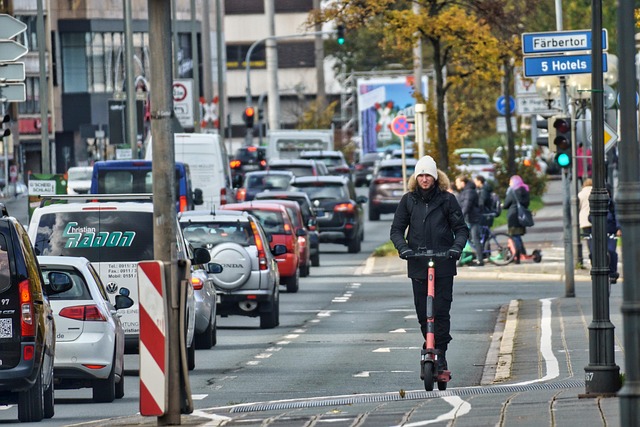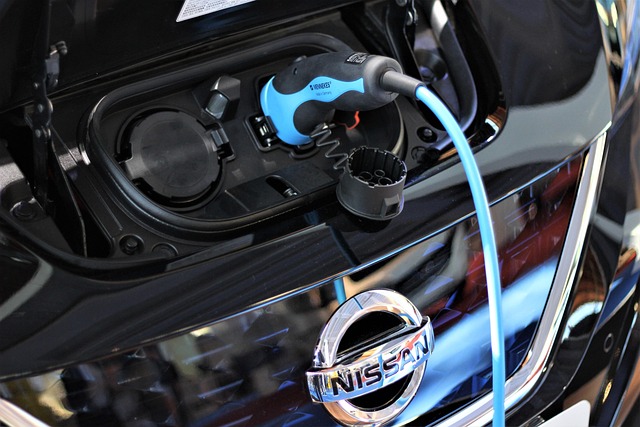Driving Towards a Green Future: Exploring Low Emission Zones for Transport Sustainability in Rural Development
In a world increasingly focused on sustainability, the concept of low emission zones (LEZ) is emerging as a beacon of hope for communities, especially in rural areas. These zones are not just about reducing pollution; they represent a transformative approach to transport sustainability, balancing the needs of economic development with environmental responsibility.
Low emission zones are designated areas where only vehicles meeting specific emission standards can enter. This initiative promotes the use of cleaner, more efficient transportation methods and helps to improve air quality. For rural regions, where reliance on traditional vehicles may be more pronounced, implementing LEZs can be a major step toward sustainability.
The Role of Transport Sustainability in Rural Development
Transport plays a crucial role in the development of rural communities. Efficient transportation systems not only enhance access to essential services but also support local economies by facilitating trade and tourism. However, the challenge of ensuring this transportation does not come at the cost of our health or environment is paramount. This is where the concept of low emission zones becomes vital.
By integrating low emission zones into rural transport strategies, we can encourage the adoption of electric vehicles, bicycles, and public transportation options that produce fewer emissions. This not only leads to cleaner air but also fosters a sense of ownership among the residents, as they contribute to the sustainability of their environment.
Benefits of Low Emission Zones in Rural Areas
The benefits of introducing low emission zones in rural areas are far-reaching:
- Improved Air Quality: Less harmful emissions mean healthier communities, particularly for the most vulnerable populations, such as children and the elderly.
- Economic Growth: Cleaner transportation alternatives can attract eco-conscious tourists and investments, fostering new opportunities in rural economies.
- Enhanced Quality of Life: A reduction in noise and air pollution creates more enjoyable living spaces, encouraging outdoor activities and a stronger community spirit.
Challenges and Considerations
While the prospects of low emission zones in rural development are promising, several challenges remain. The infrastructure for electric charging stations, public transport systems, and educational outreach is essential to ensure a successful transition. Rural residents must also feel included in the planning processes, ensuring their needs and concerns are addressed.
Collaboration among local governments, residents, and environmental organizations is vital to overcoming these challenges. Engaging the community in discussions about low emission zones can lead to innovative solutions tailored to specific rural contexts.
The Path Forward
As we navigate toward a greener future, exploring low emission zones in rural areas offers a roadmap for achieving transport sustainability. By prioritizing environmental health while respecting the unique characteristics of rural living, we can create a harmonious balance that enables communities to thrive.
In the grand tapestry of our society, every community has the potential to contribute to a more sustainable world. Embracing low emission zones is a stride in the right direction, one that benefits not just the environment, but the very essence of rural life itself.



